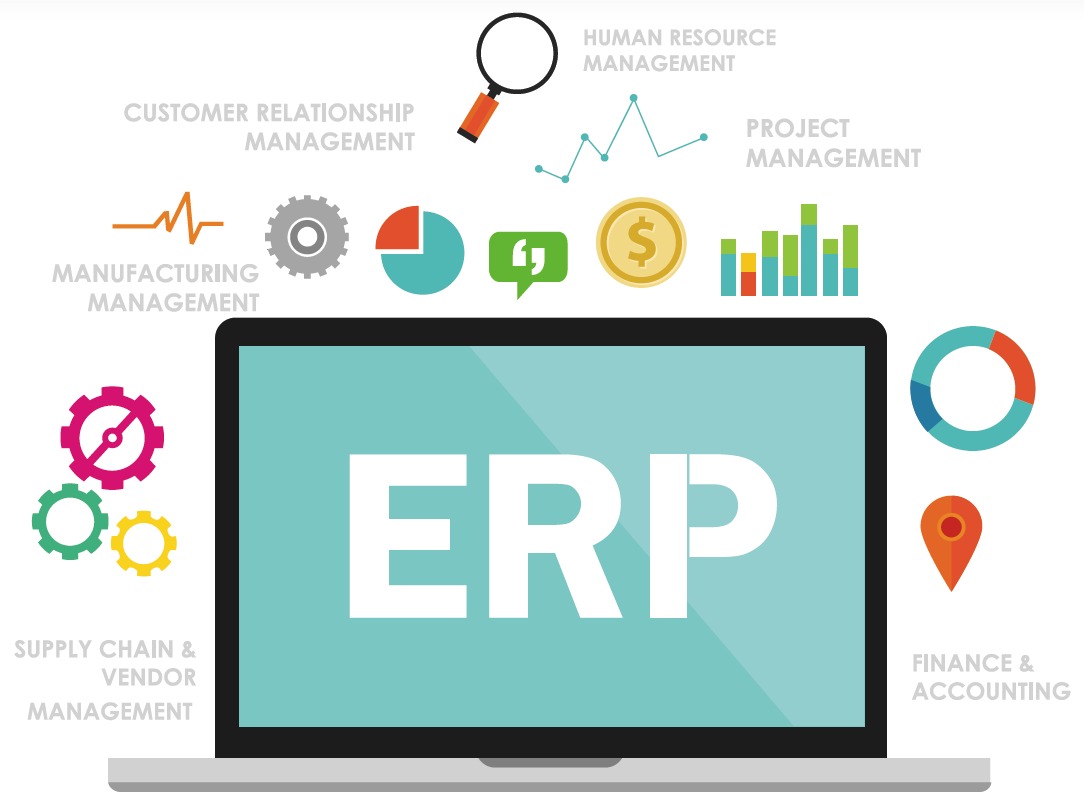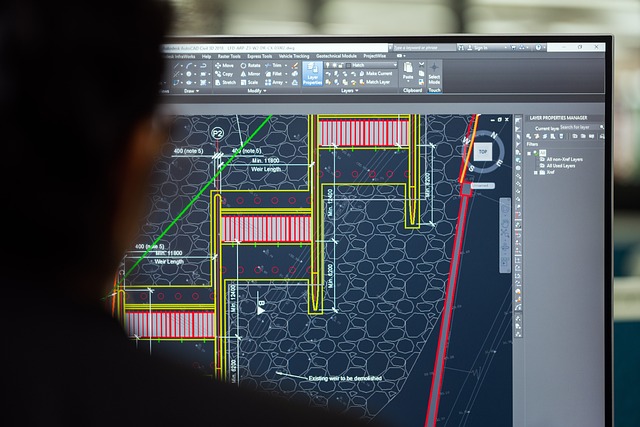Measuring the success of an ERP implementation is crucial to ensure that the system is delivering the expected benefits and ROI. Here’s a comprehensive approach to effectively gauge your ERP implementation’s success:
1. Establish Clear Goals and KPIs Before Implementation
- Define Specific Objectives: Clearly articulate what you aim to achieve with the ERP system, whether it’s cost reduction, increased efficiency, improved customer satisfaction, or streamlined processes.
- Identify Key Performance Indicators (KPIs): Select measurable metrics that align with your objectives. These could include:
- Financial KPIs: ROI, cost savings, revenue growth, profit margin.
- Operational KPIs: Inventory turnover, order fulfillment cycle time, production efficiency.
- Customer-centric KPIs: Customer satisfaction scores, net promoter score (NPS).
- Employee-related KPIs: Employee productivity, training effectiveness.
- Set Baseline Measurements: Capture the current state of these KPIs before ERP implementation to enable comparison and track progress.
2. Monitor Progress During and After Implementation
- Track KPIs Regularly: Continuously monitor the identified KPIs during and after the ERP go-live.
- Conduct User Surveys: Gather feedback from employees and stakeholders on the system’s usability, effectiveness, and impact on their work.
- Analyze System Performance Data: Leverage system logs and analytics to assess the ERP’s performance, uptime, and responsiveness.
- Identify Areas for Improvement: Based on the data and feedback, pinpoint areas where the system or processes can be optimized.
3. Evaluate the Overall Impact
- Compare Post-Implementation KPIs to Baseline: Assess the extent to which the ERP has helped achieve the initial goals.
- Calculate ROI: Compare the financial benefits (cost savings, revenue increase) against the implementation costs.
- Assess Qualitative Benefits: Consider intangible benefits like improved decision-making, better collaboration, and enhanced agility.
- Seek Continuous Improvement: Use the gathered insights to fine-tune the ERP system and processes to drive ongoing value.
Additional Considerations:
- Involve Stakeholders Throughout: Ensure key stakeholders are engaged and informed throughout the measurement process.
- Use a Balanced Scorecard Approach: Consider a balanced scorecard approach that encompasses financial, customer, internal processes, and learning & growth perspectives.
- Leverage ERP Analytics Tools: Utilize built-in ERP analytics and reporting functionalities to track and analyze data.
Remember:
- Measuring ERP success is an ongoing process. Continuous monitoring and evaluation will help you maximize the value of your investment.
- Focus on both quantitative and qualitative benefits to get a complete picture of the ERP’s impact.
- If you encounter challenges, seek expert advice or consider additional training to ensure the system is fully leveraged.
By following these strategies and adapting them to your specific needs, you can effectively measure the success of your ERP implementation and ensure it delivers the desired outcomes for your organization.



